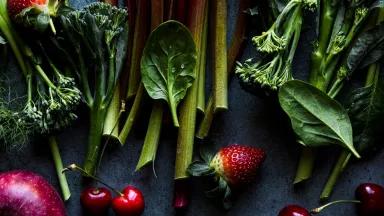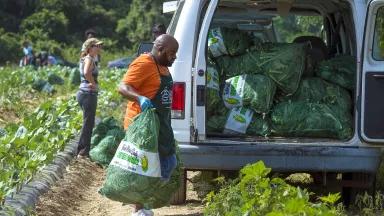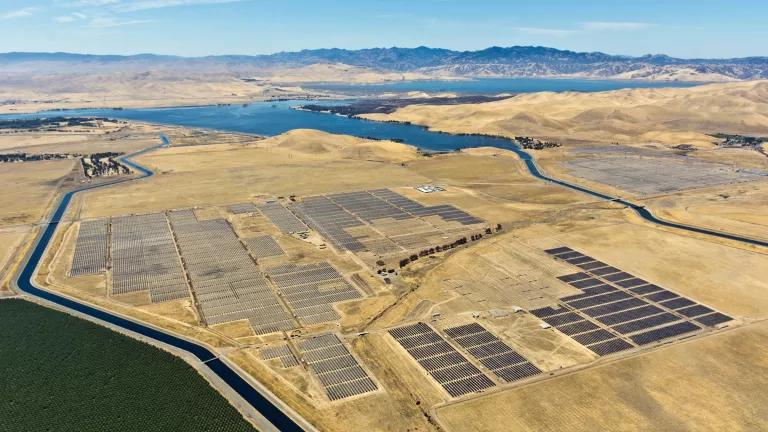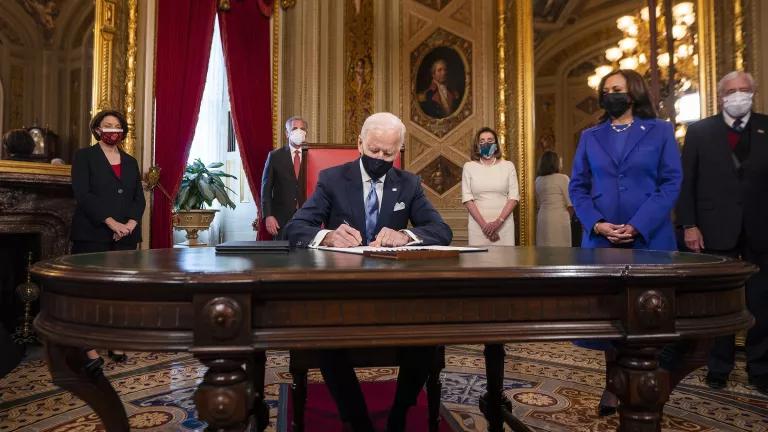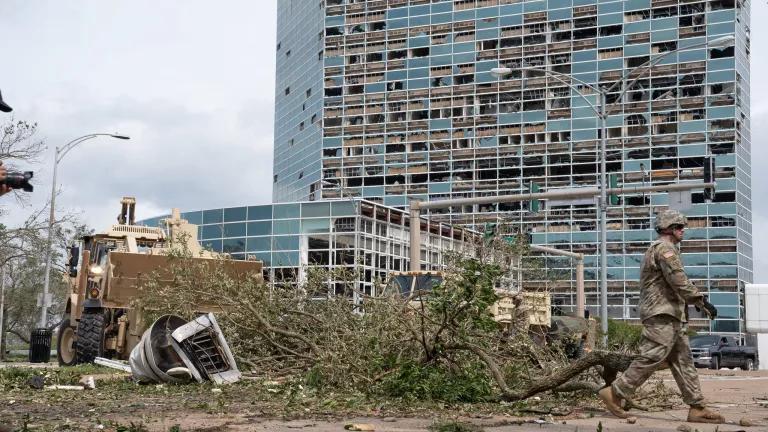Liability Protections and Safe Food Donation
Redistributing surplus food is an important way to make sure good food gets to people and doesn’t end up in landfills or incinerators. NRDC has created some resources to help potential donors understand the liability protections that exist.
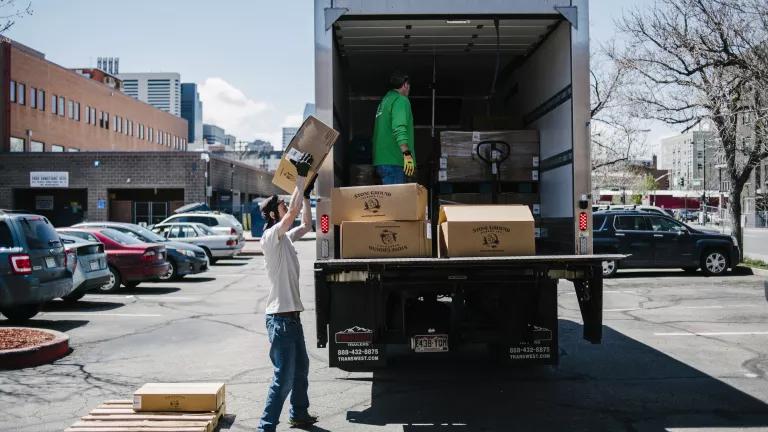
Boxes of fresh food are delivered by We Don’t Waste, one of the largest food recovery organizations in Colorado, to Samaritan House in Denver
Up to 40 percent of the food supply in our country goes to waste, meaning all the resources (labor, energy, water, etc.) used to produce it go to waste too, and the food ends up rotting in landfills or being burned in incinerators. We also face an unacceptable rate of food insecurity—about 1 out of every 10 people do not know where they will get their next meal. Food insecurity derives not only from lower income but also from factors such as high housing and medical costs. While food redistribution (also called donation, rescue, or recovery) will not alleviate these underlying causes of food insecurity, it should be used to help meet people’s food needs, where surplus food is available.
If you’re interested in sharing these videos, please e-mail foodmatters@nrdc.org.
To help spread the word about the liability protections that exist for food donors and to encourage more donations, we developed a series of short informational videos featuring chef Tom Colicchio. Watch the full video above or view each chapter here:
In January 2023, President Biden signed the Food Donation Improvement Act (FDIA) into law. The bill was passed with help from NRDC and the co-founders of the Zero Food Waste Coalition—WWF, ReFED, and Harvard Law School Food Law and Policy Clinic—as well as the Healthy Living Coalition and a groundswell of food rescue organizations and food businesses. The FDIA updates the Bill Emerson Good Samaritan Food Donation Act, a piece of legislation that has been around since 1996, which established civil and criminal liability protections for food donors who donated food in good faith to 501(c)(3) nonprofit organizations. Now, liability protections for food donors have been expanded in two new important ways:
- Liability protections now cover qualified direct donors (e.g., schools, restaurants, caterers, grocery stores, farmers) who donate good food directly to individuals or groups other than nonprofits. Previously, liability protections were only afforded to qualified donors if they donated the food to a 501(c)(3) organization.
- Liability protections now cover nonprofit organizations and others that provide donated food products at a low price (an amount that covers the cost of handling, administering, and distributing the food). This means that food pantries and other food distribution sites have the option to charge a small amount of money for food to help cover their operational costs.
Creating a food donation program for your restaurant or food business doesn’t have to be time-consuming or fear-provoking. Check out the other downloads and related resources on this page for help. We envision that municipal staff can use these videos in their engagement with food businesses; nonprofit food rescuers can use these videos in their correspondence with potential donors; and food businesses can use these videos to educate their staff. To find places to donate food to, check out the Food Rescue Locator.




